Sydney CBD development slows under Clover Moore as Qld, Vic move forward
New figures show Clover Moore has presided over a decade-long development malaise in Sydney while major projects in Brisbane and Melbourne have been fast-tracked.
NSW
Don't miss out on the headlines from NSW. Followed categories will be added to My News.
Lord Mayor Clover Moore has presided over a decade-long development malaise as new figures reveal how annual City of Sydney development determinations dropped by more than 1000 compared to figures 10 years earlier.
The damning statistics come as Ms Moore’s inner-city council continues to lag behind Victorian and Queensland local governments, where major projects in their capitals are being turned around in as little as six months.
Figures on the NSW government’s E-planning portal show that in 2017-18, just 1474 development determinations were worked through by the City of Sydney, compared with 2482 a decade earlier.
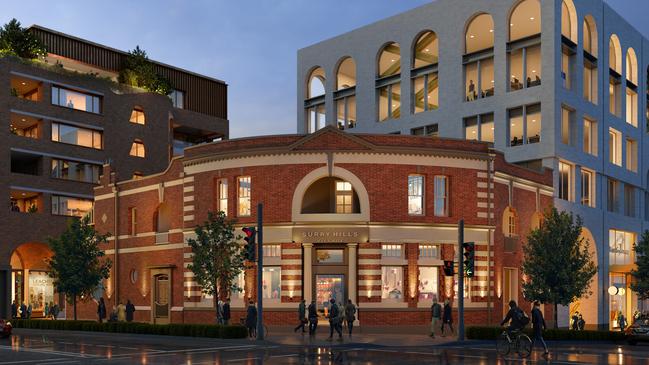
Approval time: Spent more than a year in the planning process. Development has been hampered by community concerns ranging from minor design issues to traffic management problems.
Completion date: late 2023 or early 2024
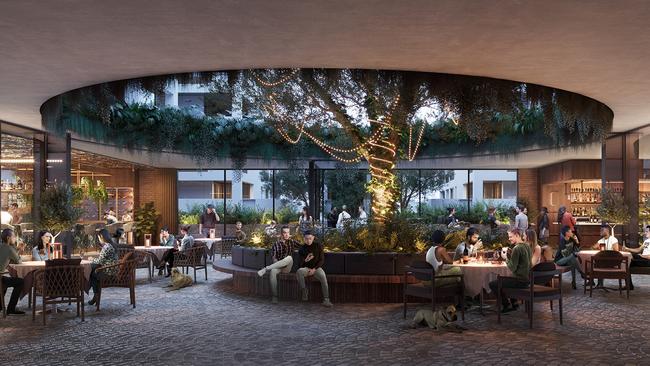
It follows a report commissioned by NSW Treasury in 2019 that showed high-density CBD commercial development decisions take significantly longer in NSW compared to other states — with decisions in the state’s CBD (205 business days) lagging behind those of Queensland (75) and Melbourne (80).
Developer lobby group Urban Task Force said the revelations renewed fears over development decision speeds in Sydney, warning that any further slowing of the process would cripple NSW’s post-pandemic economic recovery.
“Any slowdown in activity would be a disaster because it’s already the slowest in the country,” group CEO Tom Forrest, said.
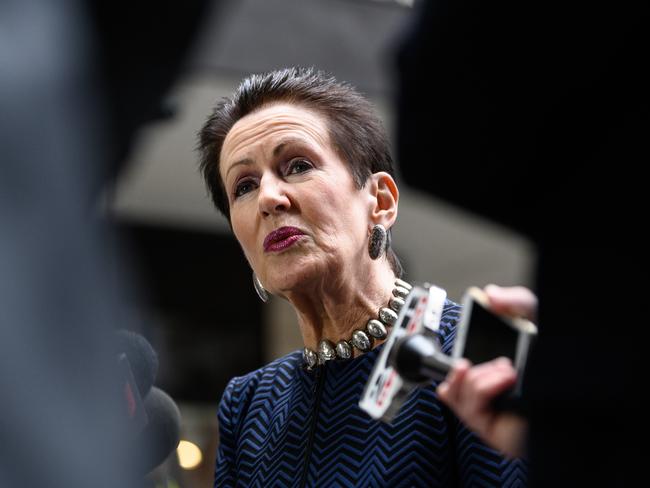
“Any further slowdown would make the impact of COVID-19 worse for the people of NSW.
“Sydney City is most likely to slow down (decisions in the state), they deal with some of the biggest and most controversial developments so that’s probably fair enough they take a bit more time, but it doesn’t make it any less frustrating or costly for the development community.
“If Brisbane can do it quickly, there’s no reason Sydney can’t.”
The NSW industry’s exasperation has been exacerbated by the speed at which Brisbane City Council rubber-stamped The Aviary project.
Work is about to begin this year on the $450m Toowong development — which will include 150 homes and 30 shops — after it was green-lit in October after just six months in the city council’s planning system.
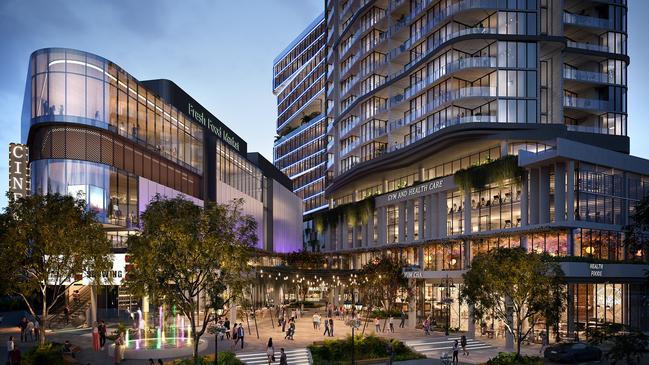
Approval time: Six months
Completion date: 2023
Likewise in Melbourne, plans for the Southbank development’s 360m tower, 800 homes and a 200-room hotel were fast-tracked and approved by Melbourne City Council in February 2020, after being lodged in August the year before. The $2bn development was given the green light by the Andrews Labor government just two months later.
Compare that with City of Sydney’s approval process on the Surry Hills Village — a redevelopment of the notorious “Murder Mall” shopping centre at the corner of Crown and Cleveland streets to create 154 apartments and a retail hub, which was stuck in planning for more than a year.
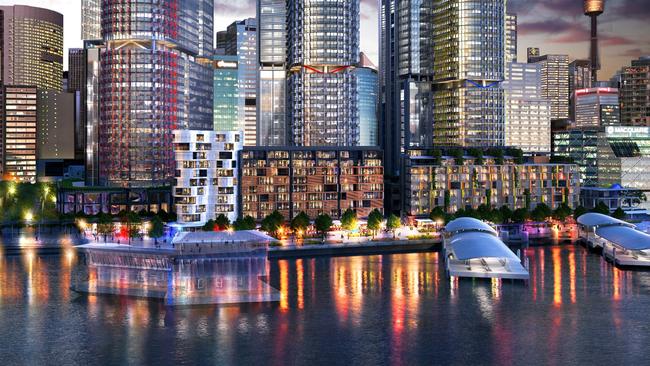
Progress on the $450 million development languished as the DA was held up by community concerns ranging from minor design issues to traffic management problems.
Construction is finally set to start on the project, which is slated for completion in late 2023. It continues Ms Moore’s tradition of opposing projects worth billions to NSW — including her council’s legal action against the state government over WestConnex and her criticism of the Star Casino plans for a tower at Pyrmont.
Ms Moore said the city had approved more than $25 billlion in development in the past decade and the authority was “focusing on approving high quality design” while “leading in sustainability”.
“Through our development processes, we continue to negotiate with developers to deliver great streets, beautiful parks and open spaces, and the community infrastructure needed for liveable and productive cities,’’ she said.



